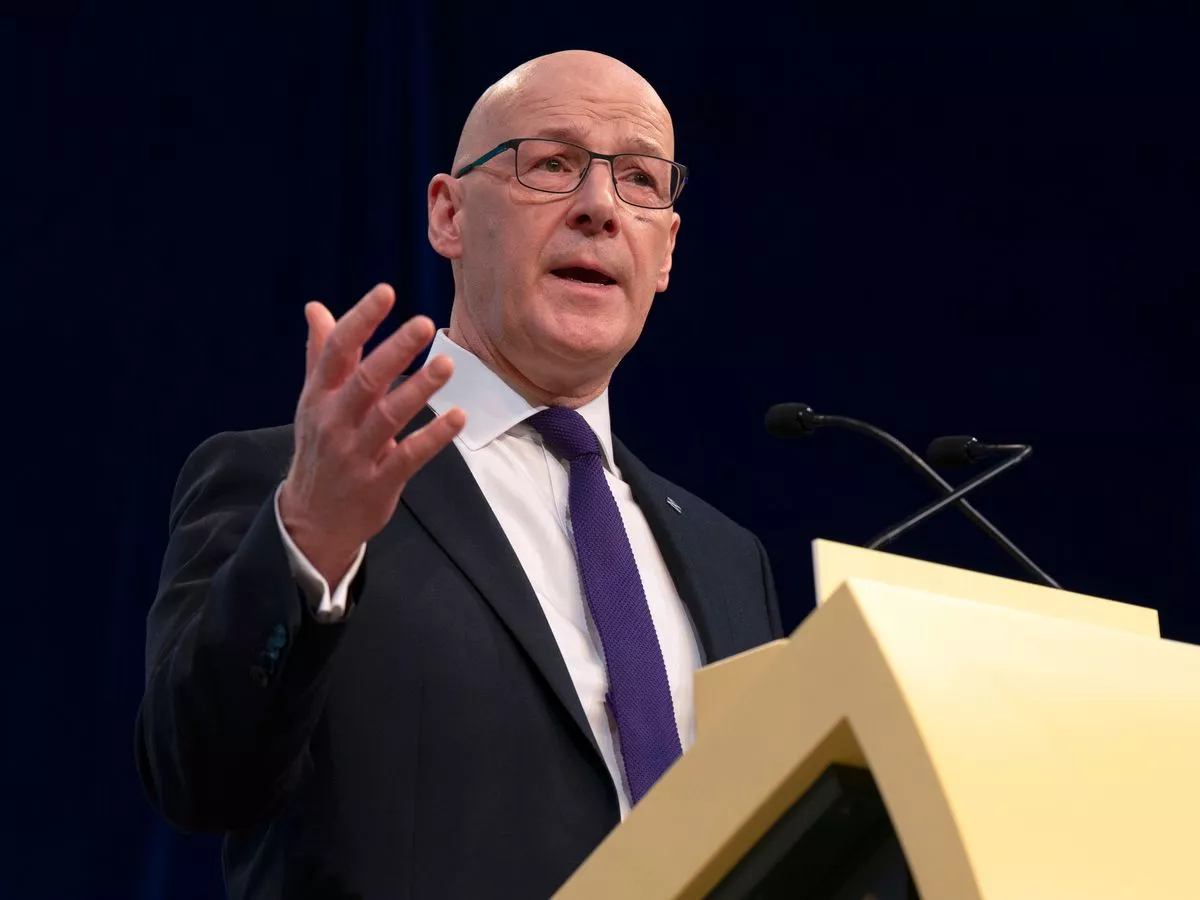Copyright dailyrecord

First Minister John Swinney has defended his party’s actions and record on mental health waiting times after facing criticism over “heartbreaking” waits for local young people in accessing support. Mr Swinney was out and about in St Ninians on Friday morning for a campaign event in support of SNP candidate Josh Wylie ahead of the Stirling East by-election this week. During the visit, the SNP leader met local activists and Stirling Holyrood candidate for next year’s election, Alyn Smith - as well as popping into a local newsagents to chew the fat with voters. The Observer was given the chance to head along and quiz Mr Swinney on some of the critical issues facing Stirling locals, beginning with continued challenges in accessing vital Child and Adolescent Mental Health Services (CAMHS) support. The most recent data over CAMHS for the quarter ending June this year states that 91.8 per cent of young people started treatment within 18 weeks of referral - above the national target for the measure. In Forth Valley, the Public Health Scotland data reveals an even rosier picture, with well above the 90 per cent target of those referred to CAMHS being picked up within 18 weeks. But the local picture is mixed, with only just over 70 per cent of those referred to the wider psychological therapies team seen within the target period - and close to 1,700 people referred to that service in the quarter to June. The pressure was put on the Scottish Government’s record following criticism from Scottish Labour leader Anas Sarwar after the experience of his candidate for the Stirling Holyrood seat, Dr Kainde Mainji. She revealed earlier this year that her son had been on a waiting list for three years for ASD support. During Friday’s visit, Mr Swinney said: “There are a number of things that we have to do. The first is to recognise the importance of addressing these issues to ensure that everyone is well supported and children get the best intervention to support them within their lives. “The provision within our education system where we have doubled the early learning and childcare means those in need have access to good quality services early in life. “When it comes specifically to mental health, it comes down to two things. The first is the expansion of community-based services so that there is early intervention in the community to support children where they have mental health needs. “And secondly, we have to make sure that CAMHS are able to meet the demand that is appropriate for them. It is important to say that not all difficulties children and young people face need to go to that service, which is why community services are so valuable. “That is my focus - making sure we have good support through the education system, good community interventions and a CAMHS service which has the capacity to meet the needs of the population. “That’s the approach we will take to work alongside local partners in the Stirling area to make sure that is the case.” Another area of local contention has been the state of Stirling’s city centre, with groups including business organisation Go Forth Stirling involved in efforts to spruce up shop fronts among criticism of businesses exciting the area. It follows a general trend of companies flocking to out-of-town developments - but Mr Swinney was keen to stress investment already made, including in the revamp to Stirling’s train station. He added: “It’s really important that we have vibrant town and city centres and the steps that we’ve taken, including delivering very competitive business rates for many companies, is a crucial part of encouraging businesses to locate in centres and to support their sustainability. “We also have to work closely with partners to enhance city centres and as an example, Stirling railway station has become a real high-quality gathering place for the city welcoming people and providing that accessibility so close to the centre. “In addition, we have to make sure we have regeneration support in place, such as the Scottish Government’s Regeneration Capital Grants Scheme which has been a long-standing tool designed to provide support for specific projects designed at enhancing the built environment.”



